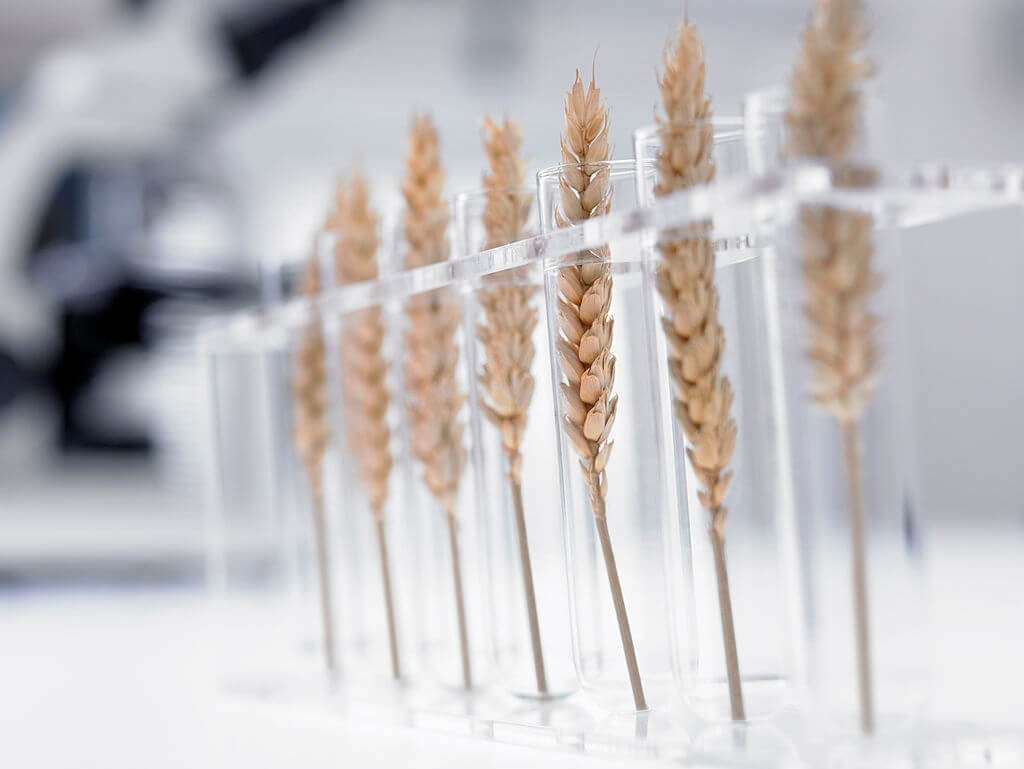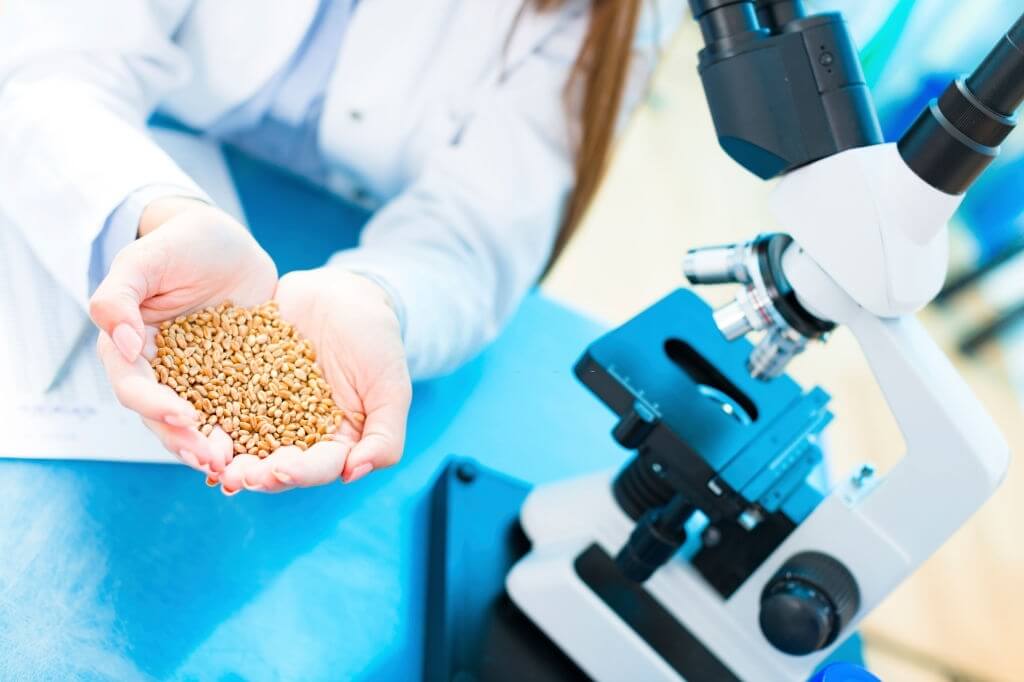In recent years the raw materials used for feeding livestock have been increasing. A stable diet that provides nutrients for the ideal health of livestock is the main goal for a nutritionist. New analysis methods have been found that formulates precise diet plans with the right amount of nutritional values. This new analysis helps to formulate diets that are nutritious and cost-effective at the same time. It is a common practice to use every part of soy plants and mazes with added by-products of food, algae, and ethanol industry.
The fiber profiles of these ingredients are different and can negatively influence the utilization of nutrients and net energy values. And the seasonal changes may also affect the quality of the raw materials received. So, assessing the nutritional value and quality has become a necessity in the feed industry. This is why there is a need for tested and precise feed analysis methods.
New Analysis Methods For Solving Feed Challenges
Feed mills, home mixers, and nutritionists have been using feed analysis for years. You should know the nutritional value of the feed ingredients before creating a diet as it is essential to meet the nutritional requirements of the animal for optimal performance. Extra attention should be paid to exclude any unwanted contaminants that might alter the nutritional value of the feed. As the animal diets and performance are changing the new analysis methods also need to be altered.
One of the confirmed and common methods to test raw supplies is called Near-infrared spectroscopy or NIR. Near-infrared spectroscopy can establish all the nutritional factors like moisture, fat, carbohydrates, minerals, and protein in raw materials in a simple and effective manner. Ther are NIR lines that are taken into account for different kinds of nutrients in the feed supply.

Different calibration lines are continuously being added with more feed ingredients and the increasing demand in the market. For example- If you take into account any of the by-products of cereals, NIR can be used to find out the measure of reactive lysine, fiber fractions, etc of the cereal. Alongside NIR, other analysis solutions have come to the forefront that may provide the feed industry with insights about feed quality.
One of the components that have been found to alter the feed quality is mycotoxins. Mycotoxins pose a major threat to animals. It can alter the quality of the milk, the health of the animal, and its performance. Finding out impurities in the feed ingredients could help with the future purchases of raw materials. Along with the development of new methods for testing, there is a substantial difference in the way they do it and where it is done.
Earlier, testing of raw materials and feed used to take place in commercials labs and labs located near mills. This is still used relying on the type and frequency of the raw materials. The biggest development in feed analysis is that you don’t have to send all samples to test. Nowadays, analysis is done from the feed mill at the farm in a very simple and user-friendly manner using NIR technologies or new scanning methods.
This method can be very helpful as it saves a lot of time, money, and effort. And will ensure better quality control of the feed and raw materials. These new feed analysis techniques where you can check the quality of the raw materials have been available to more people throughout the year. There are many companies that have been coming up with technologies to be used on-site for quality control.
It has become much easier to control the quality of feed which makes it more necessary to start testing it often. The more testing is done, the more data the owner can collect about how the quality of the feed affects the performance of the animals. Testing the raw ingredients often will enable them to calculate the quality of silage which could help improve so much rather than just one test done from the lab.
This could be used to find out what materials being used has the same quality over the period. The testing also depends on the quantity of the raw materials being purchased. Some buy large amounts of materials which might need more frequent testing and if it is a small batch then frequent testing is not a necessity. And some grains which might have the possibility of containing toxins like mycotoxin should also be tested frequently.
The analysis chosen can depend upon different factors like quantity and type. An optimum sampling frequency is to be taken for getting the best results. The quality of the silage can also be determined by its looks, feel when you hold it, and smell. The only fault in doing so is that you cannot calculate the nutritional profile of it. These new testing methods enable farmers to test their products and get the nutritional value within minutes.

Throughout the years there has been a major development in the field of feed analysis. Different insights on things like reactive lysine, fiber fraction, toasting quality have been a major breakthrough, along with measuring the nutritional components of the feed. Feed analysis is of great importance but the true worth lies in the application and conversion of the results got from the feed analysis into practical results.
The only problem in doing this is that you need an expert opinion on the quality of the materials to understand what to change. This is just the first step towards solving feed challenges. Changing the nutritional value of the results through analysis is the real step towards change. This is where a difference could be made. Using advanced feed analysis methods can give you more accurate results.
These new analysis methods could be the answer to maximizing the efficiency of livestock. Feed analysis can be helpful to ensure the quality and safety of animals. It also reduces cost by increasing profitability and fortifying local economies. Science is making advancements daily and over the years we can expect more advanced technologies that will make this process easier than it is now. High-tech technologies could change the feed industry forever and make the profit skyrocket.